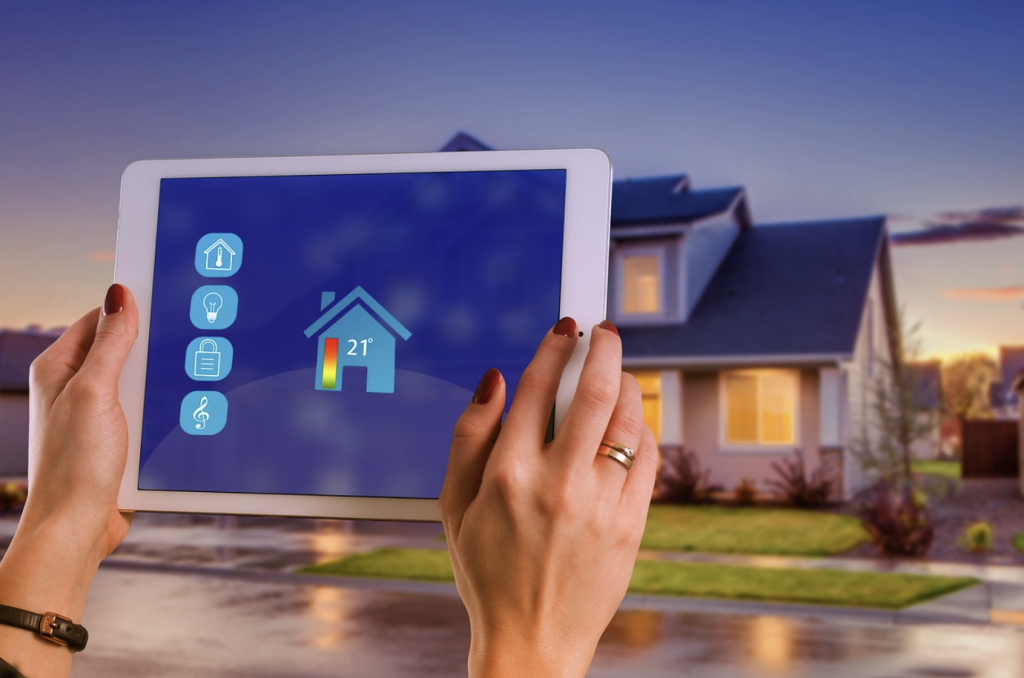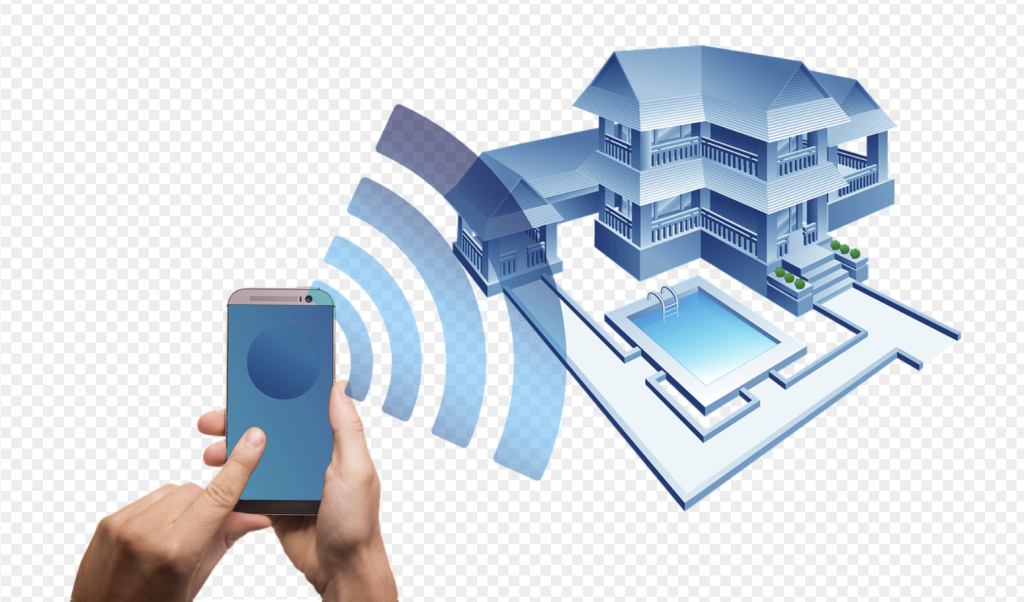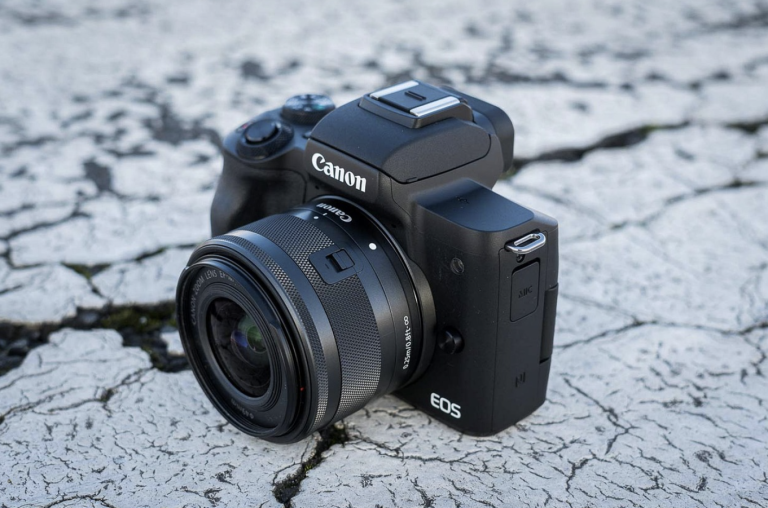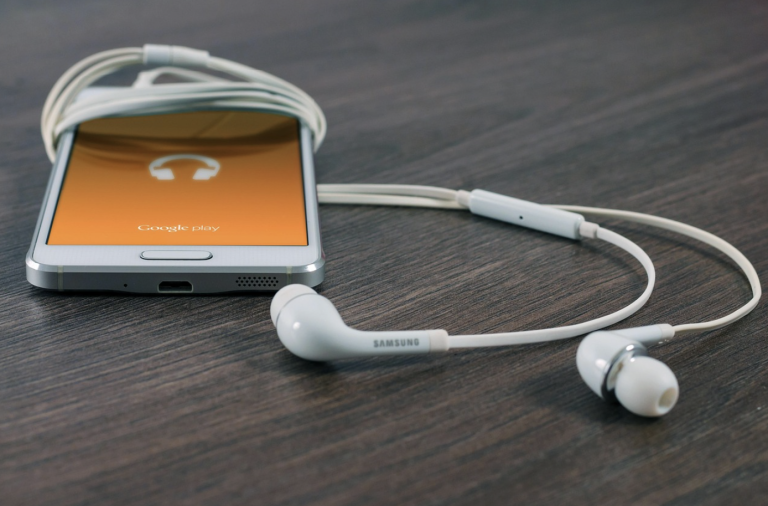
Welcome to the future—where your coffee can start brewing before you’re even out of bed, lights dim on your command, and your thermostat adjusts automatically. If you’ve been curious about turning your home into a smart one, here’s your ultimate guide to building a powerful, beginner-friendly smart home kit—all for under $500.
Why Smart Homes Are Worth It
Smart homes are no longer a luxury—they’re a lifestyle upgrade. With automation, convenience, energy savings, and improved security, smart devices do more than just impress guests. They make your day-to-day smoother and, quite frankly, more fun.
What to Consider Before Buying a Smart Home Kit
Before you dive in, it’s important to consider a few key factors to make sure the devices you buy actually work together and fit your needs.
Compatibility with Ecosystems
Are you an Alexa fan? Do you love Google? Or maybe you’re part of the Apple universe? Stick with one ecosystem to avoid connectivity headaches.
Wireless Protocols (Wi-Fi, Zigbee, Z-Wave)
Not all devices speak the same language. Wi-Fi is most common, but Zigbee and Z-Wave offer faster response times and better power efficiency. Just make sure your hub supports the protocol you pick.
Installation & User-Friendliness
You shouldn’t need a tech degree to set up your devices. Look for kits with plug-and-play options and mobile apps with good reviews.
Essential Smart Devices for Starters
If you’re new to this game, these are the core components that make up a great starter kit.
Smart Speakers and Hubs
These act as the brains of your setup. They process commands and connect all your devices.
Amazon Echo vs Google Nest
- Amazon Echo: Works well with a wider range of devices; Alexa is highly responsive.
- Google Nest: Tighter integration with Google services like Calendar and Maps.
Smart Lights
Lighting is the easiest and most visual way to make your home feel futuristic.
Best Budget Smart Bulbs
- Wyze Bulb: Under $10, reliable, and Alexa/Google compatible.
- TP-Link Kasa: Easy setup, includes color-changing features.
Smart Plugs
Turn any device smart—your coffee machine, fan, or even a lamp.
Scheduling and Energy Monitoring
Apps let you schedule when devices turn on/off and monitor energy use, saving both time and money.
Smart Thermostats
Control the temperature from anywhere. Great for reducing energy bills.
Affordable Temperature Control Options
- Wyze Thermostat: About $70, simple, efficient.
- Amazon Smart Thermostat: Seamless Alexa integration.
Recommended Smart Home Starter Kits Under $500
Let’s break down three powerful, budget-friendly starter kits to suit your ecosystem preference.
Kit 1: Amazon Alexa-Based Smart Home
- Amazon Echo Dot (5th Gen) – $50
- 2x Kasa Smart Plugs – $25
- 4x Wyze Color Smart Bulbs – $40
- Amazon Smart Thermostat – $80
- Ring Indoor Cam (2nd Gen) – $60
Total: ~$255
Plenty of room to expand later while covering all the essentials.
Kit 2: Google Nest Ecosystem
- Nest Mini – $50
- TP-Link Smart Plugs (2-pack) – $25
- Philips Hue Starter Kit (with Hub) – $180
- Nest Thermostat – $130
Total: ~$385
A little pricier but beautifully integrated with Google services.
Kit 3: Apple HomeKit Starter Suggestions
- Apple HomePod Mini – $99
- Eve Energy Smart Plug – $40
- VOCOlinc Smart Light Bulbs (2-pack) – $30
- Ecobee3 Lite Thermostat (HomeKit-compatible) – $150
Total: ~$319
Great for those invested in the Apple ecosystem.

DIY vs Pre-Packaged Kits
Some people love picking parts. Others prefer plug-and-play. Here’s what to know.
Pros and Cons of Building Your Own Kit
Pros:
- Tailored to your needs
- Better price control
- Flexibility
Cons:
- More research required
- Potential compatibility issues
Pre-Configured Kits: Convenience and Limitations
These kits come ready to go but might not suit specific needs or allow much customization.
How to Expand Your Smart Home Over Time
Once the basics are in place, there’s a lot more you can add as your budget allows.
Security Cameras and Doorbells
Monitor packages, deter theft, and check in from anywhere.
- Ring Doorbell
- Wyze Outdoor Camera
Smart Sensors and Automation Routines
Add door/window sensors, motion detectors, or water leak sensors to enhance security and convenience.

Tips to Get the Most Out of Your Smart Home Kit
Use Voice Commands Efficiently
Set up routines like “Good Morning” to turn on lights, adjust the thermostat, and read the weather.
Automate Daily Routines for Productivity
Automate bedtime lighting or coffee schedules to eliminate manual steps in your day.

Final Thoughts
A smart home doesn’t need to be complicated—or expensive. For under $500, you can build a solid, scalable, and reliable setup that makes daily life easier, safer, and more efficient. Stick to one ecosystem, start with the basics, and grow your network over time. Smart living is just a few voice commands away.
FAQs
1. What’s the best smart home ecosystem for beginners?
Amazon Alexa tends to be the most user-friendly for beginners, with broad device support and simple voice commands.
2. Can I mix and match smart devices from different brands?
Yes, as long as they support the same protocol (like Alexa, Google Assistant, or Apple HomeKit). Just double-check compatibility.
3. Are smart homes secure?
Generally yes, especially with regular firmware updates and strong Wi-Fi passwords. Consider setting up a separate network for smart devices.
4. Will smart devices increase my electricity bill?
Actually, many smart devices help you save energy by automating lights and thermostats more efficiently.
5. What should I upgrade next after the starter kit?
Security devices like doorbell cameras or smart locks are logical next steps. They enhance safety and are often easy to install.







